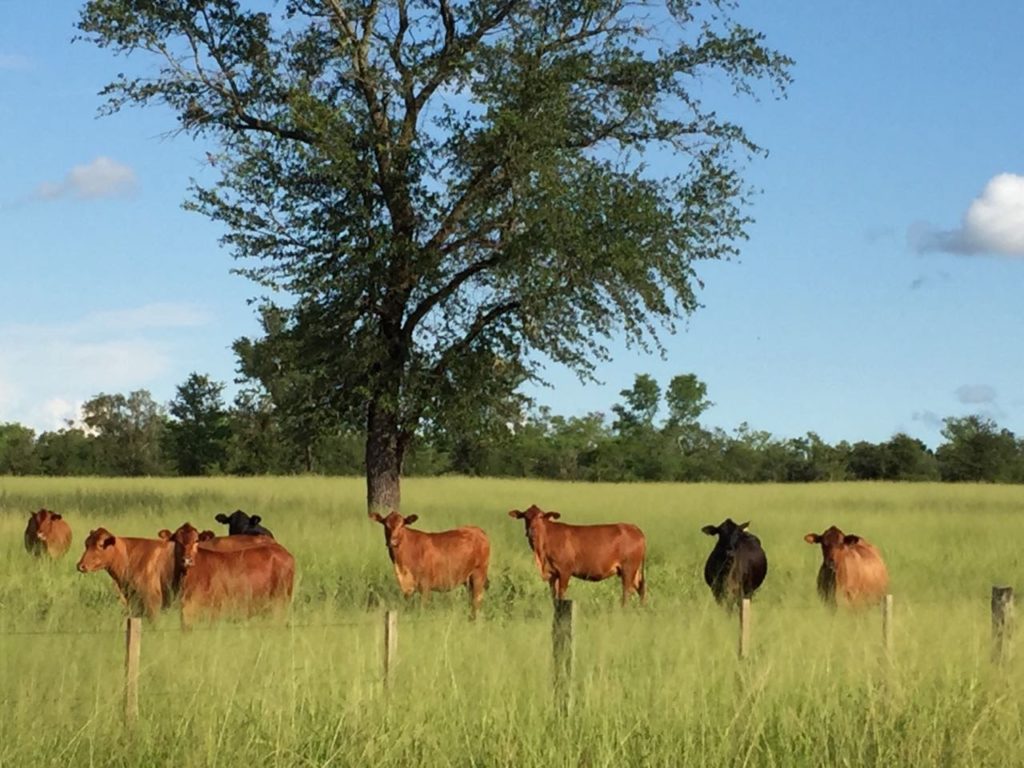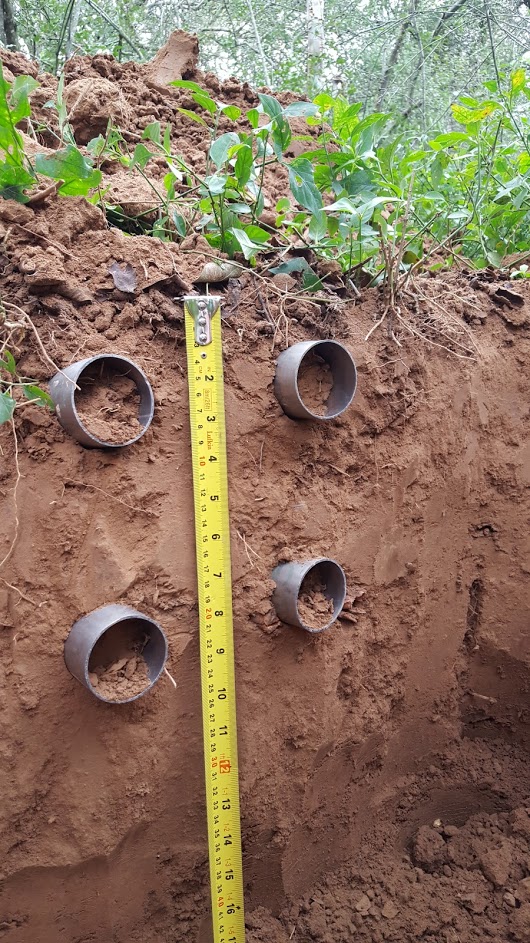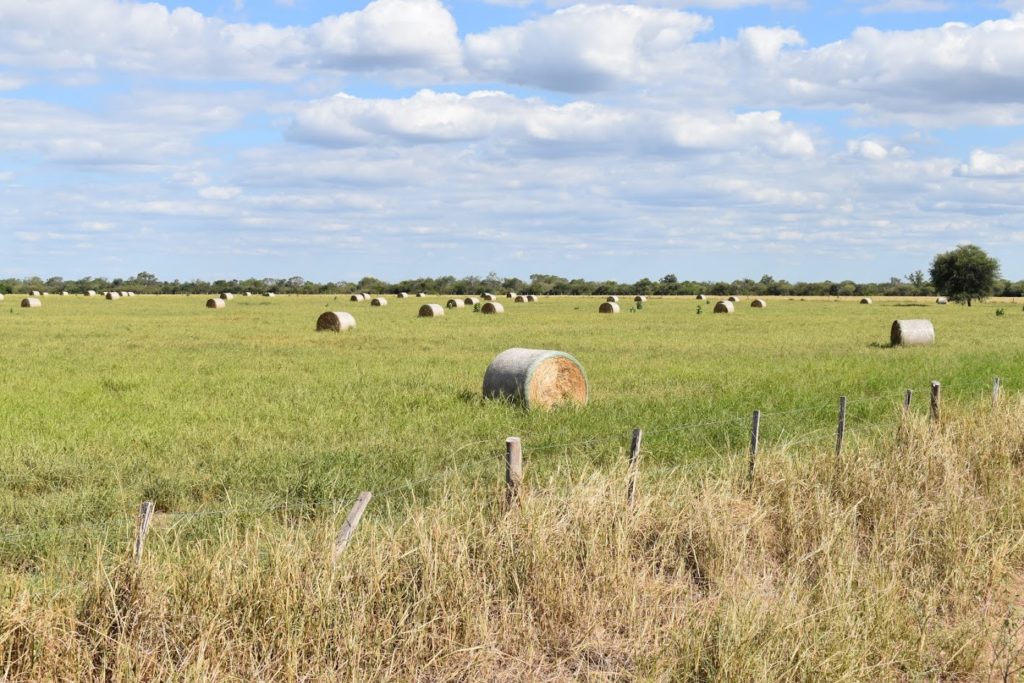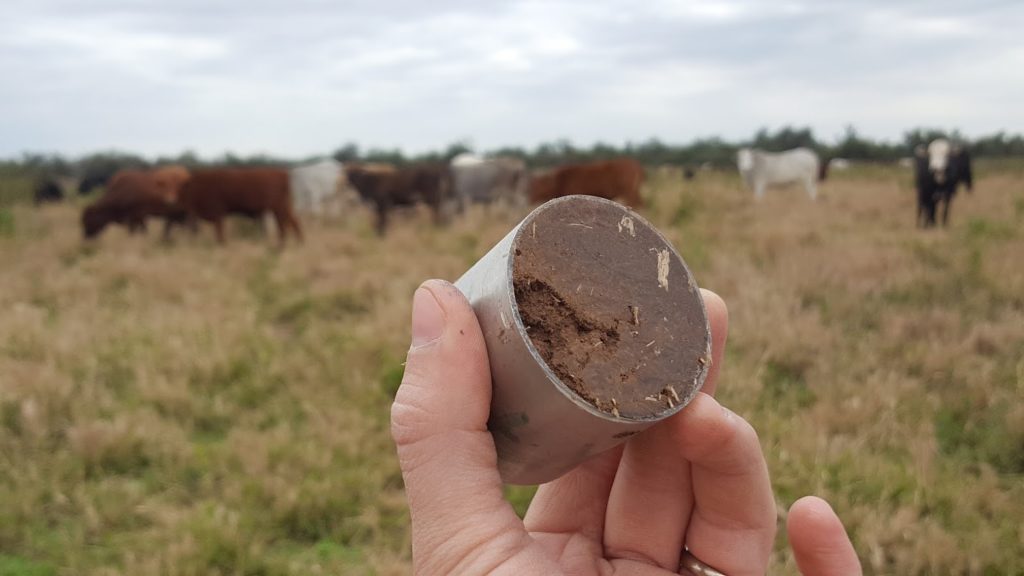
What is carbon sequestration?
Our current food production systems can, and should, be adjusted to contribute significantly to mitigating the effects of climate change. This is one of the key ways to reduce the need for adaptation actions on agricultural sectors, and the lives of millions of people who are sustained by them.
The main source of the greenhouse effect is carbon dioxide (CO2). There are ways to reduce the level of this gas in the atmosphere. One is by reducing man-made (anthropogenic) emissions, such as those from fossil fuel use. Another way is by removing carbon from the atmosphere and storing it in the ground (sequestration or capture). According to FAO, reforestation and afforestation (planting trees in previously forested areas, or not covered by forests, respectively) are among the most effective and readily measurable means to sequester carbon, but pastures also have significant potential to fix carbon in the soil.
Therefore, a robust mitigation strategy should include carbon sequestration practices that allow maintaining and rehabilitating degraded pastures to retain or even increase the organic carbon stock in the soil.

Soil sampling to assess carbon capture
Study result 1: the role of well-managed pastures in GHG mitigation
In 2019, Solidaridad and CREA measured carbon sequestration linked to different cattle farming stages in six pilot farms, by taking and comparing soil samples from bare patches (eroded areas without vegetation cover), productive pastures and native forests. In addition, to have a comprehensive analysis of the farms, satellite images of the areas with productive pastures, degraded pastures (bare patches) and forests between 2014 and 2019 were added to the analysis.
The preliminary results of the study demonstrate that well-managed productive pastures are among the climate-smart practices that have significant potential to increase organic carbon in the soil.
When comparing the organic carbon content in soils between well-managed pastures and degraded pastures, it was found that, on average, well-managed pastures contain 77% more organic carbon than degraded pastures (47.4 SOC tn / ha vs 26.7 SOCth / ha).
|
Soil Organic Carbon (tn SOC/ha) 0-30 cm |
||
|
Pilot Farm |
Productive Pastures |
Degraded Pastures |
|
A |
40.8 |
10.9 |
|
B |
57.7 |
53.2 |
|
C |
61.3 |
35.0 |
|
D |
38.1 |
24.2 |
|
E |
37.0 |
22.6 |
|
F |
49.4 |
14.4 |
|
Average |
47.4 |
26.7 |

Study result 2: the link between climate-smart practices and profits
The ultimate result of the partnership between CREA and Solidaridad was to identify which good practices have the greatest potential to improve carbon balance and increase farm productivity:
- Pasture management: through ant control, recovery of peelers and rotational grazing in small paddocks.
- Forage balance: to ensure the proper stock of forage to feed livestock.
- Water management: similarly, to ensure the water supply throughout the year.
- Strategic supplementation: to improve nutrition.
- Human resources training: to consolidate the adoption of good practices.
- Data management: to make decisions and adjustments based on information.
- Analysis of the Organic Carbon Content in the soil.
While in traditional production systems, productivity ranges from 80-90 kg of beef per hectare per year, the producers who adopted the mentioned good practices presented yield records of up to 250 kg of meat per hectare per year, and an increase of up to 61% in their income.
In the Chaco region of Paraguay, the legal framework dictates that 25% of the land must be preserved with native forest cover. In addition, windbreak curtains, forest cover for water streams must also be present in the farm, which can add up to 45% of forest cover in most livestock farms, on average.
In this context, the above mentioned results support that climate-smart beef production can increase yields and profitability of livestock companies without having to expand the production area (pilot farms keep a surplus of 6% on average above law requirement) and maintain or increase carbon sequestration.

NEXT STEPS: SHARE RESPONSIBILITIES AND REWARD POSITIVE IMPACT
The current technical assistance model used by CREA Groups will be strengthened through these findings to encourage the adoption of these practices on more than 50,000 hectares in the Paraguayan Chaco as a scale up strategy plan.
Beef producers seek to increase the profitability of their ventures; therefore, they see their forest surpluses as a potential productive area. The practices identified in this project give producers the opportunity to increase their productivity without having to enable new land.
However, the decision to carry out the land use change instead of improving the enabled lands is connected to different variables which deserve to be explored to obtain potential incentives that could lead to maintaining these surpluses and focus on working on the lands already enabled. For this reason, the next period of the Project plans to bring producers together in a dialogue table to discuss which incentives could be attractive to maintain these surpluses.
To further stimulate and scale climate-smart practices’ impact, the market and the State should create financial mechanisms (such as advantages in interest rates, terms and guarantees), to rewa
rd companies that demonstrate an improvement in their carbon balance. This would be a way to share responsibility for mitigating carbon emissions throughout the whole supply chain.
Read more about our work in Livestock.
